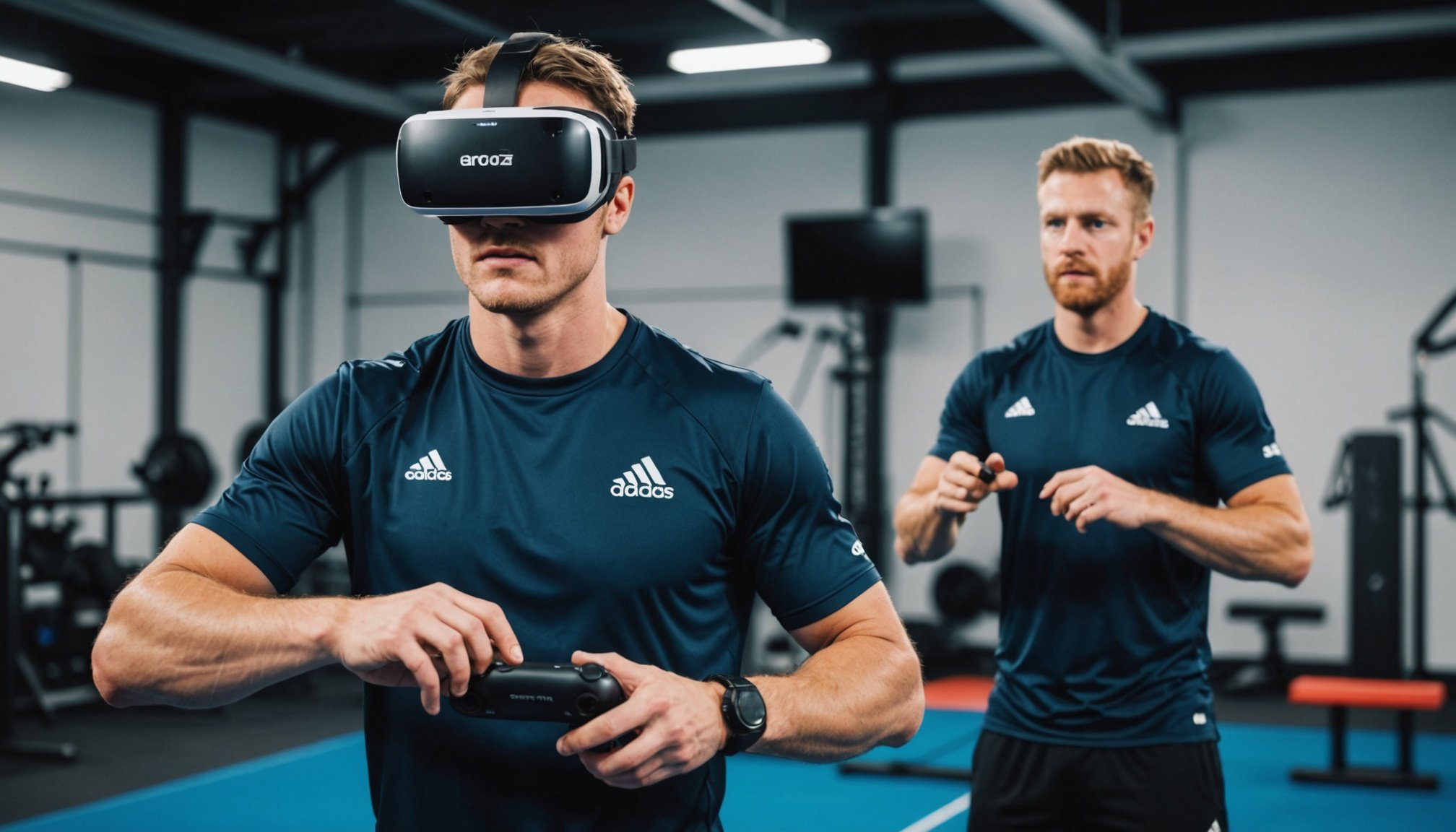In today’s fast-paced world, the intersection of virtual and real has blurred boundaries, transforming industries and personal lives alike. Among these transformations is the reality of modern sports training, where technology, particularly virtual reality (VR), is making significant strides. For UK athletes, VR is reshaping the way they learn, practice, and improve their skills. This informative piece aims to provide a comprehensive exploration of how VR can be integrated into sports training, enhancing performance and maximizing potential beyond traditional methods.
The Power of Immersive Technology in Sports Training
As athletes strive for excellence, the application of immersive technology in sports training is revolutionizing how they hone their skills. At the forefront, VR presents an arena where players can practice in a controlled yet adaptable environment. Unlike static workout routines, VR offers dynamic scenarios that adjust based on the athlete’s performance, ensuring a personalized experience.
Also to discover : How can parents support their children’s aspirations in sports without creating pressure?
1. Enhancing Reality:
VR creates an interactive world that mirrors real-life situations, allowing football players and other athletes to rehearse game strategies without the risk of pain or injury. This advanced simulation helps develop critical thinking and decision-making, vital components in high-stakes games.
2. Improving Skills:
Through VR, athletes engage in repetitive, focused training sessions that emphasize specific skills. Football players, for instance, can simulate varying weather conditions or unexpected plays, sharpening their reflexes and adaptability. The virtual environment enables athletes to refine their techniques with precision and learning that empowers growth.
In parallel : What are the benefits of early specialization in sports for young athletes in the UK?
3. Tracking Performance:
Traditional methods lack the precise metrics offered by VR. By employing data analysis, coaches can monitor athletes’ performance in real-time, identifying strengths and areas for improvement. This information facilitates targeted rehabilitation and training, fostering development and recovery.
Embracing VR in sports training is not just about technology; it’s about pushing the limits of what athletes can achieve, making them more resilient and resourceful in their fields.
Virtual Reality in Football: A Game Changer
In the realm of football, VR represents a training tool that is both innovative and integral to modern-day athletes. As one of the UK’s most cherished sports, the adaptation of VR into football training signifies a shift towards more immersive and strategic preparation methods.
1. Realistic Game Simulation:
Football players can now experience a complete 360-degree view of the field, replicating real match conditions. This immersive experience allows them to practice reading the game, positioning, and teamwork, all critical to achieving peak performance.
2. Strategic Analysis:
VR facilitates the breakdown of game footage for both teams and individual players. By analyzing these simulations, athletes can gain insights into their competitors’ tactics, helping them anticipate and counter maneuvers more effectively.
3. Injury Prevention and Recovery:
The high-impact nature of football often leads to injuries. VR enables athletes to maintain skills and fitness levels during rehabilitation without physical strains. Personalized rehabilitation programs can be designed, promoting a safe return to the playing field.
Incorporating VR into football reassures players of their readiness, reducing anxiety and making them more confident when they step onto the real pitch.
Broader Implications of VR in Sports Training
Virtual reality is not confined to one sport; its potential extends across various athletic disciplines. By reshaping training paradigms, VR is ushering in an era where sports training is more accessible, efficient, and effective.
1. Customizable Training Programs:
Every athlete is unique. VR allows for tailored training regimens that cater to individual needs, ensuring that each athlete can maximize their potential. Whether it’s adapting exercises for strength, endurance, or agility, VR has the flexibility to accommodate diverse performance goals.
2. Expanding Accessibility:
With technology, geography is no longer a limitation. Athletes from across the UK can access the same training resources without the need for physical equipment or facilities. This democratization of training resources enables more players to reach elite levels.
3. Sustainable Practices:
Traditional training often demands significant resources, from travel to physical equipment. VR offers a sustainable alternative, reducing the carbon footprint while ensuring quality training. This shift not only benefits athletes but also contributes positively to environmental conservation.
Through VR, sports training is evolving into a holistic approach, where athletes are empowered to perform at their best while contributing to a sustainable world.
Virtual reality has emerged as a formidable force in reshaping how UK athletes approach training. Its immersive capabilities provide a reality where players can challenge themselves beyond traditional confines, unlocking new levels of performance and skill enhancement.
By integrating VR into regular training, athletes can experience a more personalized, efficient, and diversified learning environment that translates into real-world success. As the lines between virtual and real continue to converge, the sporting world stands on the precipice of a revolution. Embracing this technology not only promises enhanced performance but also a broader reach, making sports more inclusive, sustainable, and exciting for all.











